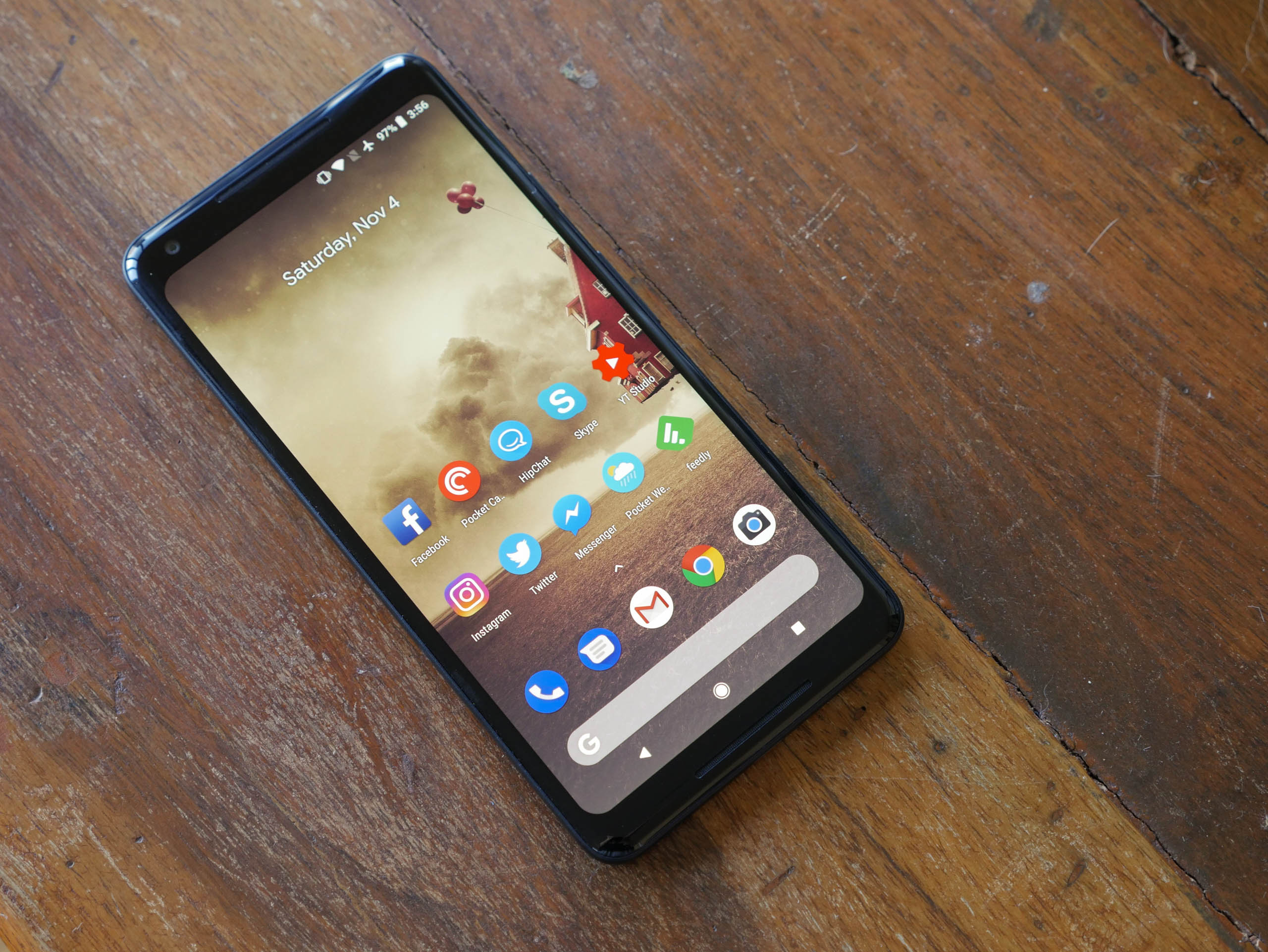System Performance
I'm not going to spend a lot of time going over the Pixel 2 XL's hardware, because it's stuff we've all seen before: a Qualcomm Snapdragon 835 SoC with 4GB of RAM and 64/128GB of internal storage.
The Qualcomm Snapdragon 835 is an octa-core SoC with two quad-core Kryo 280 CPU clusters: one efficient cluster operating at 1.9 GHz, paired with a high-performance cluster at 2.45 GHz. The GPU is an Adreno 540 clocked up to 710 MHz, and there's an LPDDR4X memory controller providing 29.8 GB/s of bandwidth.
For connectivity, the Pixel 2 XL supports up to Category 15 LTE speeds (800 Mbps down, 75 Mbps up) through 4x4 MIMO, 3xCA and 256QAM, though Gigabit LTE is not supported. The handset comes with 21 LTE band support, so a single model can be used worldwide, plus 5 HSPA bands. Wi-Fi support is 802.11a/b/g/n/ac with 2x2 MIMO, and there's Bluetooth 5.0, NFC, eSIM, and four GPS technologies packed in. The USB-C port is even rated for 3.1 gen 1 speeds.
The Pixel 2 XL is basically just as fast as every other high-end Android smartphone released in 2017. The phone is an absolute breeze to use, and the following benchmarks reveal high-end performance.





We're looking at around 17 percent more CPU performance than the Kirin 960 in the Huawei P10, and around 28 percent more than the Exynos 8895 in some models of Samsung's latest flagships. If you're upgrading from last year's Snapdragon 821-powered Pixel XL, expect 48 percent better performance on average. And for those on a two-year upgrade cycle, the Pixel 2 XL is 75% faster than the Nexus 6P with its Snapdragon 810, a very appealing performance improvement.
